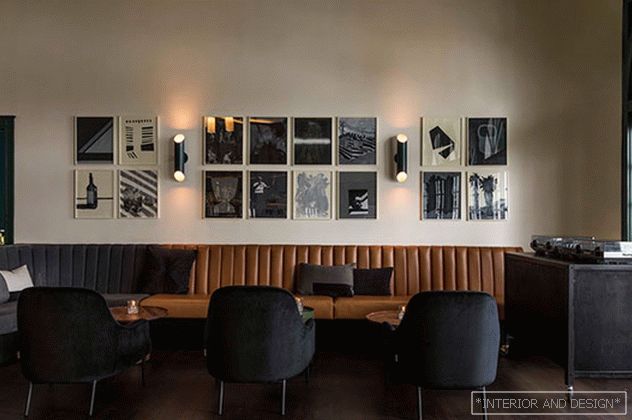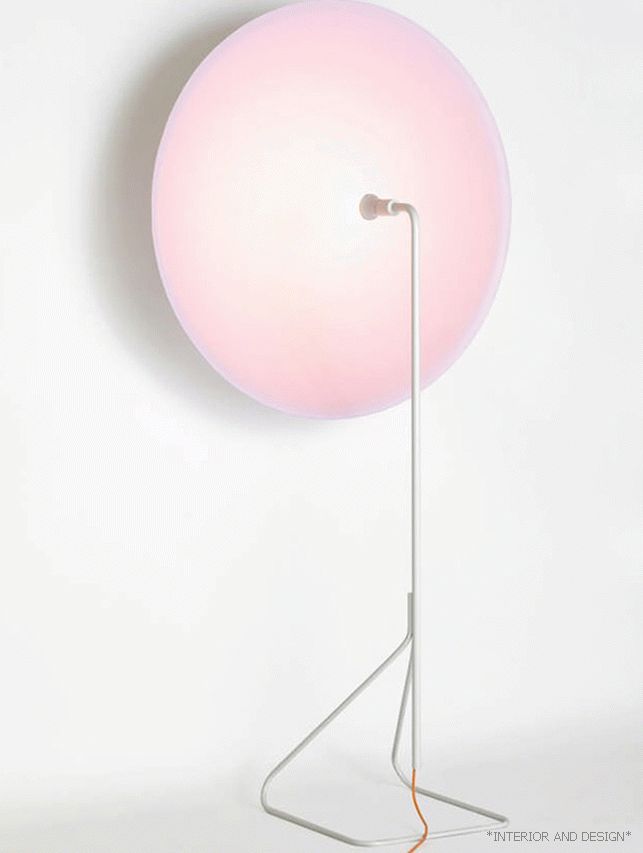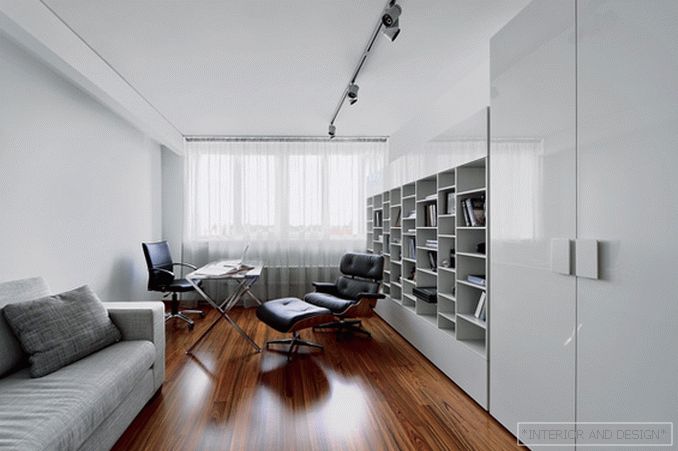Technique markers
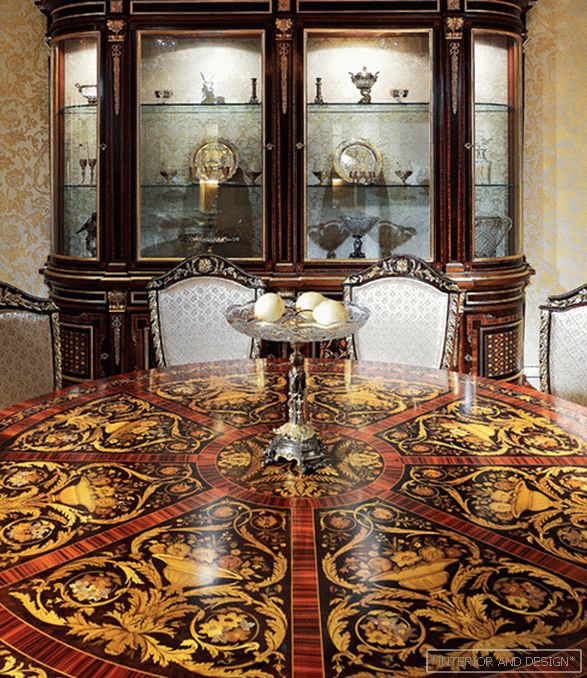
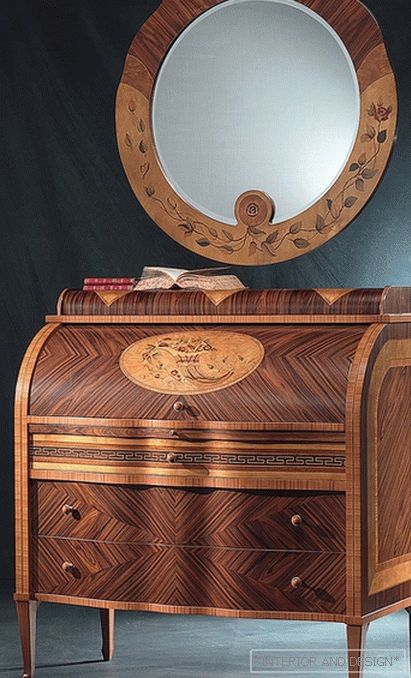


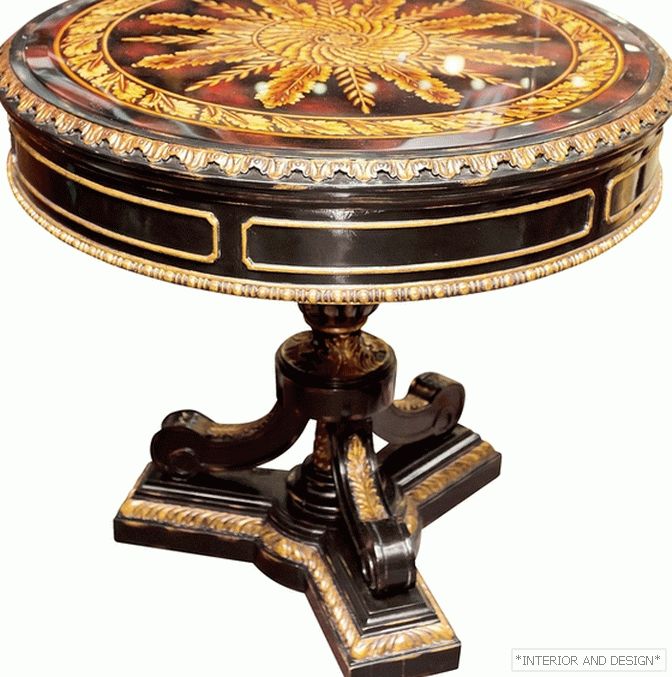
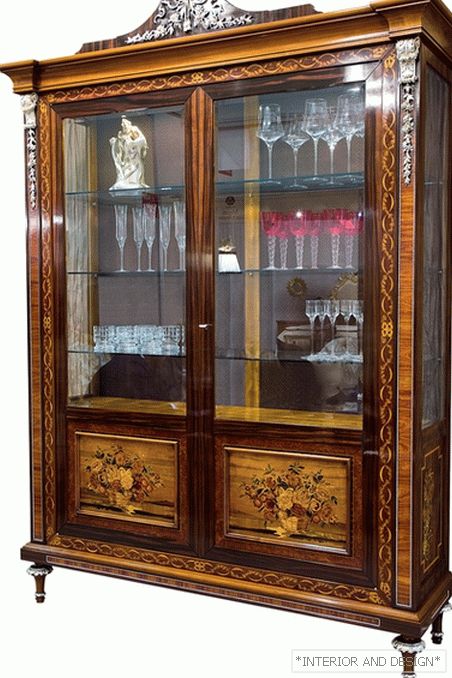 Passing the gallery
Passing the gallery Text: Marina Volkova
Magazine: de Luxe Classic N2 2012
Marquetry is the same mosaic, but not from pieces of glass, but from wood. The first ancient Egyptians began to use this technique: they decorated the sarcophagi with drawings from plates of boxwood and iron wood. Greek masters learned to change the color of wood by boiling it in paint. This expanded the palette and made it possible to invent much more complex images. But real flowering wood inlay on wood (marquetry can be deciphered and so) reached in the Renaissance. The Italians were the most skillful. Especially famous masters of Siena. One of them, Mattia Nanni, created a mosaic image of the Virgin Mary, in terms of the subtlety of execution and the richness of colors, is not inferior to the handwritten one. Subsequently, this art has spread widely throughout Europe.
Inlay again became fashionable in the 17th century. Furniture then did the lush, the better, and decorated impetuously. Marketers created incredible paintings - still lifes, landscapes, historical canvases. Their works were distinguished by such artistic skill that they began to be equated with the picturesque ones. The first masters appeared who invented their own unique style, remembered, became famous, went down in history.
First of all, it is the French furniture maker Andre Charles Boule. He loved the turtle shell inlay combined with a horn, ivory and ebony. The most famous master of the XVIII century was the Italian Giuseppe Majolini. He studied carpentry, working as a carpenter at a monastery, and opened his workshop after moving to Milan. Majolini was not indifferent to exotic woods. He used not only the wood of natural shades, but also multi-colored plates: blue, green, in order to achieve an excellent pictorial effect. The master received the desired color by treating the surface with mineral salts. In one work he could combine more than eighty different types of wood. But, perhaps, it was even surpassed by our contemporary Mario Morigi, who created a table decorated with six million patterns (the length of the table is 85 meters).
Marquetry is different. Plates can be soldered to the surface (this is called intarsia) or superimposed on it (and this is already facing). The plates are veneer (thin cut) of wood. Machine for its production invented in the XVI century. According to the principle of work, it resembles a sharpener - the wood is “shred” on thin sheets. Of them are molded parts of the desired shape, which are fastened with glue. Almost all the factories, inheriting traditions, first of all Italian, use marquetry to create classic furniture. They take walnut wood as a base, and the inlay can be very different, from exotic woods to Australian mother-of-pearl scales.

